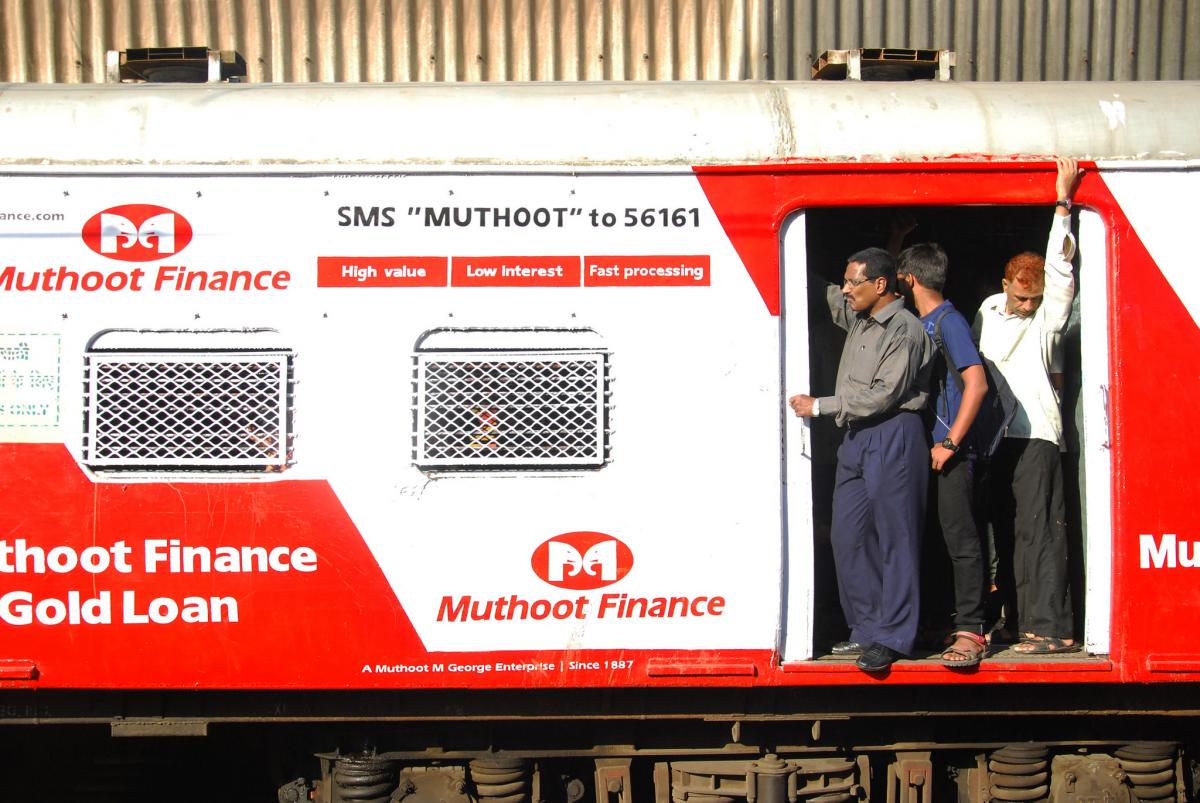Why India? Why Now?

With the world’s second largest population, India faces crucial economic and development decisions over the coming decades with significant implications for people and the environment. The country is undergoing a period of rapid urbanization: Between 2008 and 2030 the country’s urban population is expected to grow by 250 million. India aspires to achieve equitable economic development and sustainable livelihood opportunities for its 1.25 billion citizens.
Yet these goals are challenged by a slowing economy, energy insecurity, water risks, food shortages, ecosystem degradation, and growing inequality. There is a growing recognition within India’s government and business circles of the need for economic development that also delivers environmental protection.
Access and affordability of regional resources drive the migration patterns which characterize urbanization. The current trend of mass migration (300 million by 2040) is integrally linked with resource driven livelihood limitations in the rural and peri-urban regions, and the promise of economic growth in cities which is far from equitably shared. Thus, the need to understand the economic geography of land, water, and energy resources of the region, and how their use impacts in turn, the quality of life and common property, such as the climate.
WRI India will leverage our USPs - Asset, Approach and Partnership to catalyze innovative, implementable, and scalable solutions for sustainable management of resources (energy, water, forests, food, climate). By adopting a regional resource development approach to understand the process of urbanization, we will influence policy implementation towards sustainable development.

